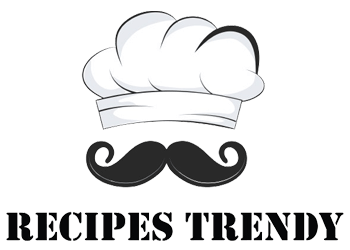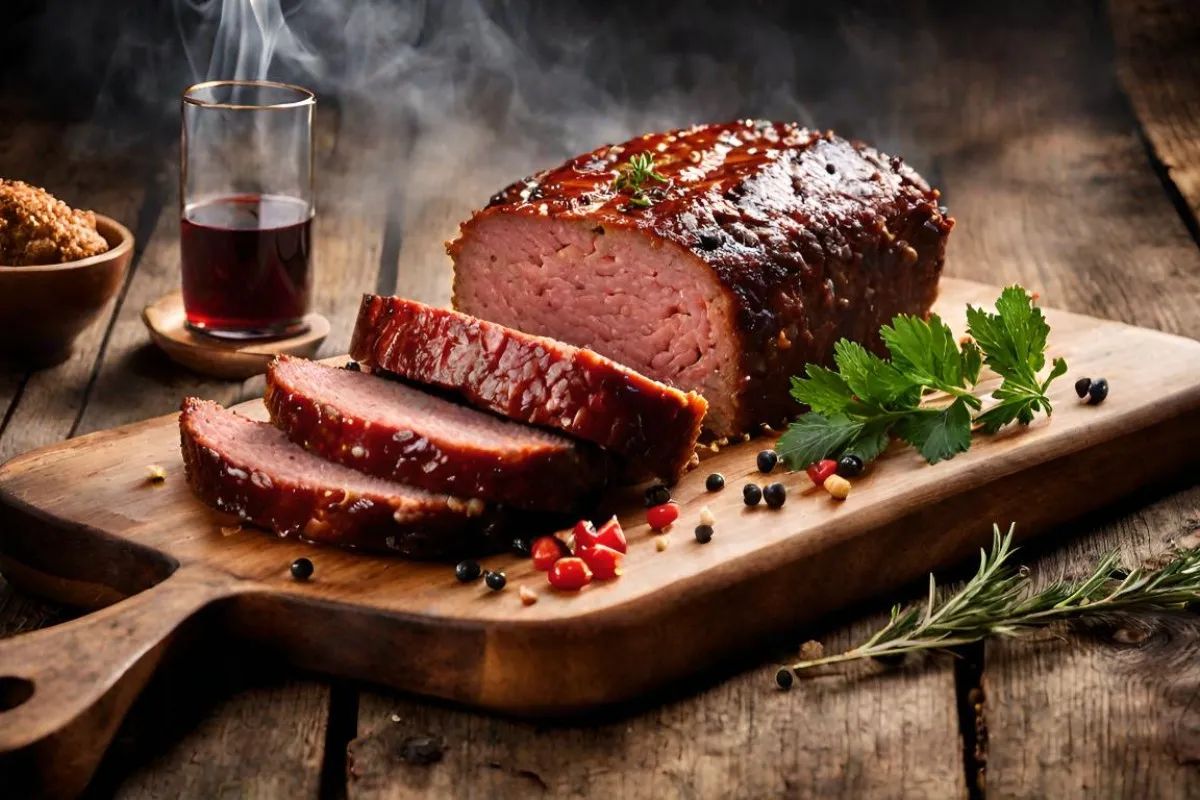Smoked meatloaf, a dish that tantalizes the taste buds and warms the soul, is more than just a meal; it’s a culinary journey. This article delves deep into the world of smoked meatloaf, exploring its rich flavors, diverse preparations, and the art of smoking that elevates it to a whole new level. From selecting the perfect blend of meats to mastering the smoking process, we’ll guide you through every step, ensuring your smoked meatloaf is nothing short of spectacular. So, let’s embark on this flavorful adventure and discover the secrets of creating the ultimate smoked meatloaf.
Introduction to Smoked Meatloaf
Smoked meatloaf, a dish that resonates with comfort and culinary adventure, is a delightful twist on a classic favorite. This introduction is designed to guide you through the essence of smoked meatloaf, showcasing why it’s more than just a meal – it’s an experience that tantalizes the taste buds and warms the heart. If you’re in the mood for more culinary adventures at home, try making a Cheesy Gordita Crunch, bringing the taste of Taco Bell right to your kitchen.
The Allure of Smoked Meatloaf
Imagine the traditional, homely taste of meatloaf, now infused with the rich, deep flavors of smoke. This fusion creates a dish that’s both familiar and excitingly new. Smoked meatloaf is not just about the taste; it’s about the experience. The aroma of gently smoked meat wafting through the air is enough to gather everyone around the table, eager for a slice.
Understanding the Popularity
Smoked meatloaf has gained popularity for its ability to blend nostalgia with innovation. The classic meatloaf, a staple in many households, is transformed by the art of smoking, appealing to both traditionalists and those seeking a culinary adventure. It’s a dish that brings people together, offering comfort with an exciting twist.
A Brief History of Meatloaf
Tracing its roots back to Roman times, meatloaf has evolved through the centuries, adapting to various cultures and tastes. Initially a way to stretch ingredients and feed a family economically, it has now become a canvas for culinary creativity. The introduction of smoking techniques has given meatloaf a new identity, elevating it to a star in both BBQs and gourmet kitchens. For a deeper understanding of meatloaf’s evolution, you can explore its rich history here
The Journey Ahead
In this exploration of smoked meatloaf, we will uncover every facet of this delightful dish. From the basics of preparation to the nuances of smoking, we aim to reveal all the secrets that make smoked meatloaf a modern classic. So, whether you’re a seasoned chef or a curious beginner, join us on this mouth-watering adventure into the world of smoked meatloaf.
Ingredients and Preparation
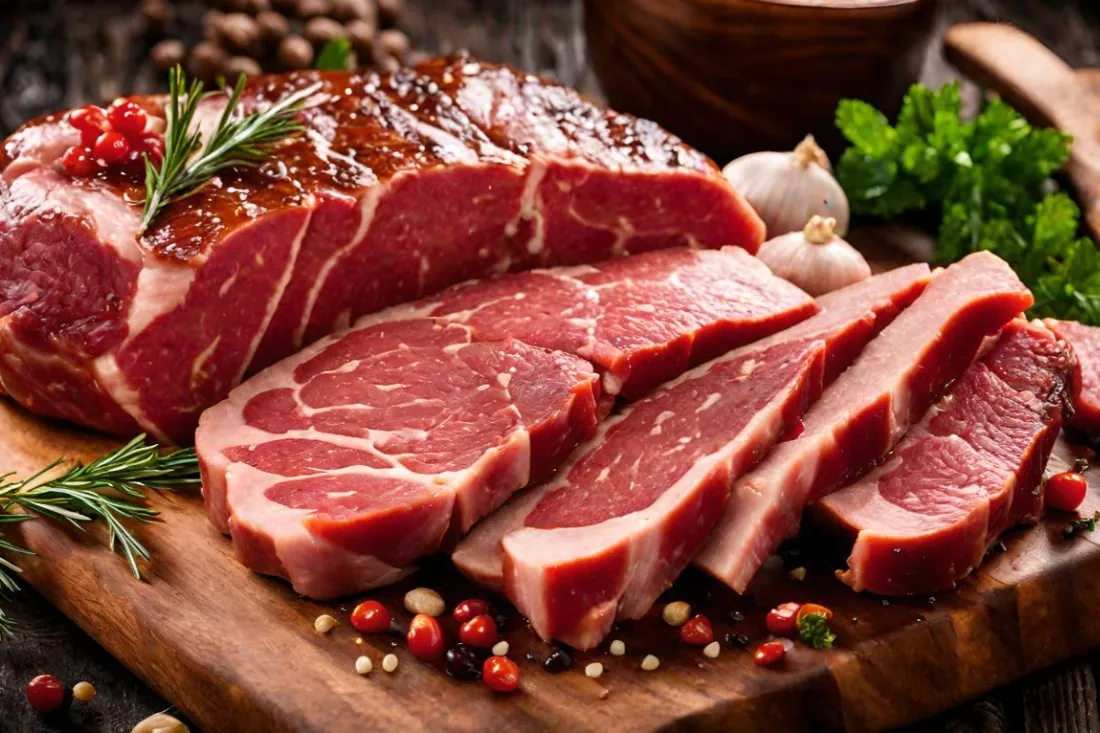
Essential Ingredients for Smoked Meatloaf
When it comes to smoked meatloaf, the right ingredients are key. You’ll want a mix of ground beef and pork sausage for that perfect balance of flavor and fat content. The beef lends a robust taste, while the sausage adds a hint of spice and juiciness. Don’t forget the breadcrumbs and eggs; they’re crucial for binding everything together.
Choosing the Right Meat
Opt for an 80/20 blend of ground beef for the ideal fat content, ensuring your meatloaf is moist but not greasy. The pork sausage should be of good quality, with a bit of a kick to it. If you’re feeling adventurous, why not try a mix of meats? Ground turkey or lamb can add an interesting twist to your meatloaf.
Spices and Seasonings
The spices and seasonings are where you can really let your creativity shine. A combination of garlic powder, onion powder, and a dash of Worcestershire sauce can elevate the flavors. Don’t forget the salt and pepper – they’re the backbone of any good seasoning mix. For a smoky touch, a bit of smoked paprika does wonders.
Preparing Your Meatloaf
Now, let’s get down to business. Mixing your meatloaf is more art than science. Start by gently combining the meats, careful not to overwork the mixture. Then, add in your spices, breadcrumbs, and eggs. Mix until just combined – you’re aiming for a cohesive mixture that still retains some lightness.
Mixing Techniques
The key here is gentleness. Over-mixing can lead to a dense, heavy meatloaf. Use your hands for the best results, as they allow you to mix thoroughly without compacting the meat too much.
Shaping and Freezing Tips
Once mixed, shape your meatloaf to your liking. A classic loaf shape is always a winner, but feel free to get creative. Some folks like to form individual mini loaves for quicker cooking. Before smoking, consider freezing your meatloaf for a short time. This helps it hold its shape better during the smoking process.
Smoking Process for Smoked Meatloaf
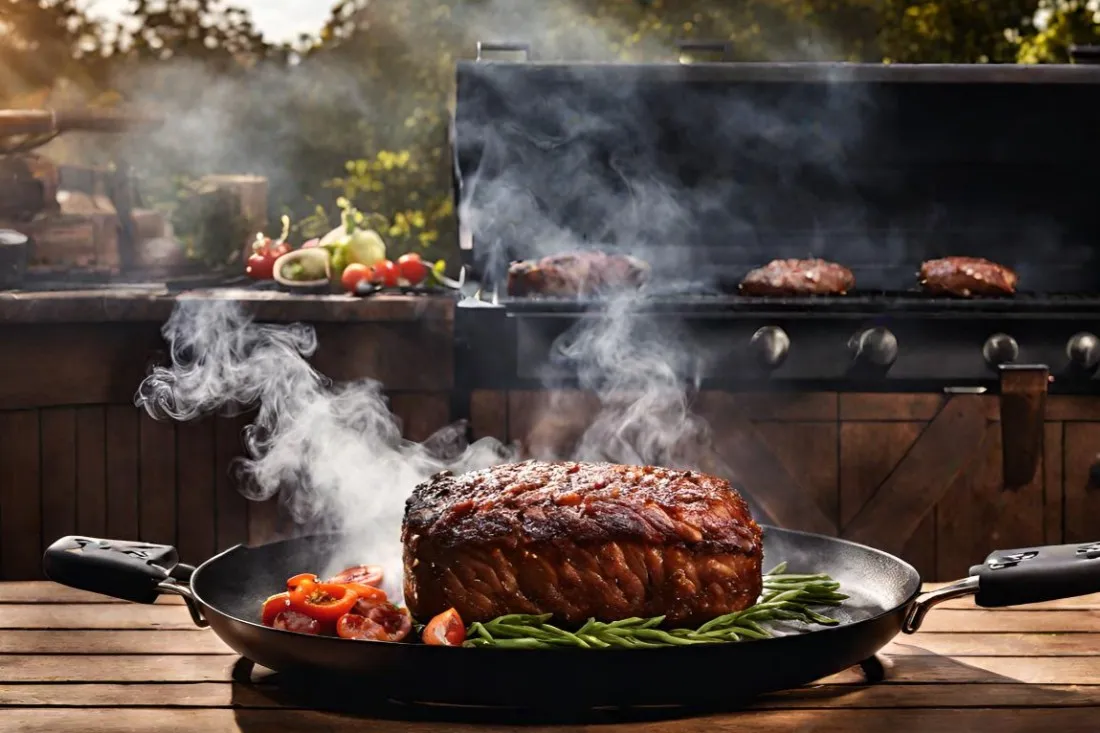
Mastering the Smoking Technique
When it comes to smoking meatloaf, the process is as important as the ingredients. This is where the flavors are infused and the texture is perfected. The key is to maintain a consistent low heat and allow the smoke to work its magic over time.
Preparing the Smoker
- Preheat the Smoker: Start by preheating your smoker. Aim for a temperature range of 225-250°F (107-121°C). This low and slow approach is crucial for a tender, juicy meatloaf.
- Wood Chips Selection: Choose your wood chips wisely. Hickory and oak offer a strong flavor, while apple and cherry woods impart a sweeter, milder taste. Soak the chips in water for about 30 minutes before using them to produce more smoke and prevent them from burning too quickly. For further insights into different types of barbecue grills, visit this link.
Smoking the Meatloaf
- Placement in the Smoker: Place the meatloaf in the smoker on the rack. Make sure it’s in the center where the temperature is most consistent.
- Monitoring the Temperature: Use a meat thermometer to keep track of the internal temperature. You’re aiming for an internal temperature of 160°F (71°C) for perfect doneness.
- Adding Wood Chips: Add wood chips periodically to maintain consistent smoke. This step is crucial for that deep, smoky flavor.
Managing the Smoke and Heat
- Controlling the Smoke: Too much smoke can overpower the meatloaf, so it’s important to find a balance. Adjust the smoker’s vents to control the amount of smoke.
- Maintaining Temperature: Keep an eye on the smoker’s temperature and make adjustments as needed. Consistent temperature is key to evenly cooked meatloaf.
Finishing Touches
- Glazing the Meatloaf: In the last 30 minutes of smoking, consider glazing your meatloaf with a sauce of your choice. This can add a deliciously sticky and sweet layer to the crust.
- Resting Before Serving: Once the meatloaf reaches the desired internal temperature, remove it from the smoker and let it rest for about 10 minutes. This allows the juices to redistribute, ensuring a moist and flavorful meatloaf.
Troubleshooting Common Issues
- Avoiding Dryness: If the meatloaf seems dry, it might be overcooked. Next time, try pulling it out of the smoker a bit earlier.
- Dealing with Flare-Ups: If you experience flare-ups, reduce the temperature and move the meatloaf to a cooler part of the smoker.
By following these steps, you’ll master the smoking process, resulting in a smoked meatloaf that’s flavorful, moist, and sure to impress. Remember, smoking is an art, so don’t be afraid to experiment with different woods, temperatures, and cooking times to find what works best for you. Happy smoking!
Recipes and Variations
Classic Smoked Meatloaf Recipe
Let’s start with the classic. For a traditional smoked meatloaf, you’ll need:
- 2 pounds of ground beef (80/20)
- 1 pound of pork sausage
- 1 cup of breadcrumbs
- 2 eggs
- Spices (salt, pepper, garlic powder, onion powder)
- 1/4 cup of Worcestershire sauce
Step-by-Step Guide:
- Mixing Ingredients: Gently combine the meats, breadcrumbs, eggs, and spices in a large bowl. Add Worcestershire sauce for that extra zing.
- Shaping: Form the mixture into a loaf shape on a baking sheet or in a loaf pan.
- Smoking: Smoke the meatloaf at 225-250°F for about 3-4 hours, or until it reaches an internal temperature of 160°F.
- Resting: Let the meatloaf rest for 10 minutes before slicing. This allows the juices to redistribute, ensuring a moist and flavorful meatloaf.
Creative Variations and Twists
Now, let’s jazz things up a bit. Smoked meatloaf is incredibly versatile, so feel free to get creative.
- Adding Unique Ingredients: Consider mixing in diced vegetables like bell peppers or onions for added texture and flavor. For a cheesy twist, fold in some grated cheddar or mozzarella.
- Vegetarian and Vegan Options: For a plant-based version, use lentils or a meat substitute in place of the ground meats. Be sure to adjust your binding agents accordingly – flax eggs can be a great vegan alternative.
Serving and Pairing
Serving Your Smoked Meatloaf
Presentation is key when it comes to serving your smoked meatloaf. Slice it thickly and arrange it attractively on a platter. A drizzle of BBQ sauce or a sprinkle of fresh herbs can add a pop of color and flavor, making it not just delicious but also visually appealing.
Presentation Tips
- Slicing: Use a sharp knife to get clean, even slices. This not only looks better but also ensures each piece is packed with flavor.
- Garnishing: Garnish with fresh parsley or cilantro for a touch of green. A few cherry tomatoes or lemon wedges around the platter can also enhance the presentation.
Side Dishes and Pairings
The right side dishes can elevate your smoked meatloaf from a simple meal to a feast. Here are some classic pairings:
- Mashed Potatoes: Creamy mashed potatoes are a classic choice. They complement the rich flavors of the meatloaf perfectly.
- Grilled Vegetables: For a healthier option, serve with a side of grilled vegetables like zucchini, bell peppers, or asparagus. For a delightful breakfast twist, why not explore the elegance of French Baked Eggs, or Oeufs en Cocotte, as a sophisticated yet simple accompaniment?
- Wine Pairing: A bold red wine, like a Cabernet Sauvignon or a Shiraz, pairs wonderfully with the smoky flavors of the meatloaf.
Advanced Tips and Techniques for Perfecting Smoked Meatloaf
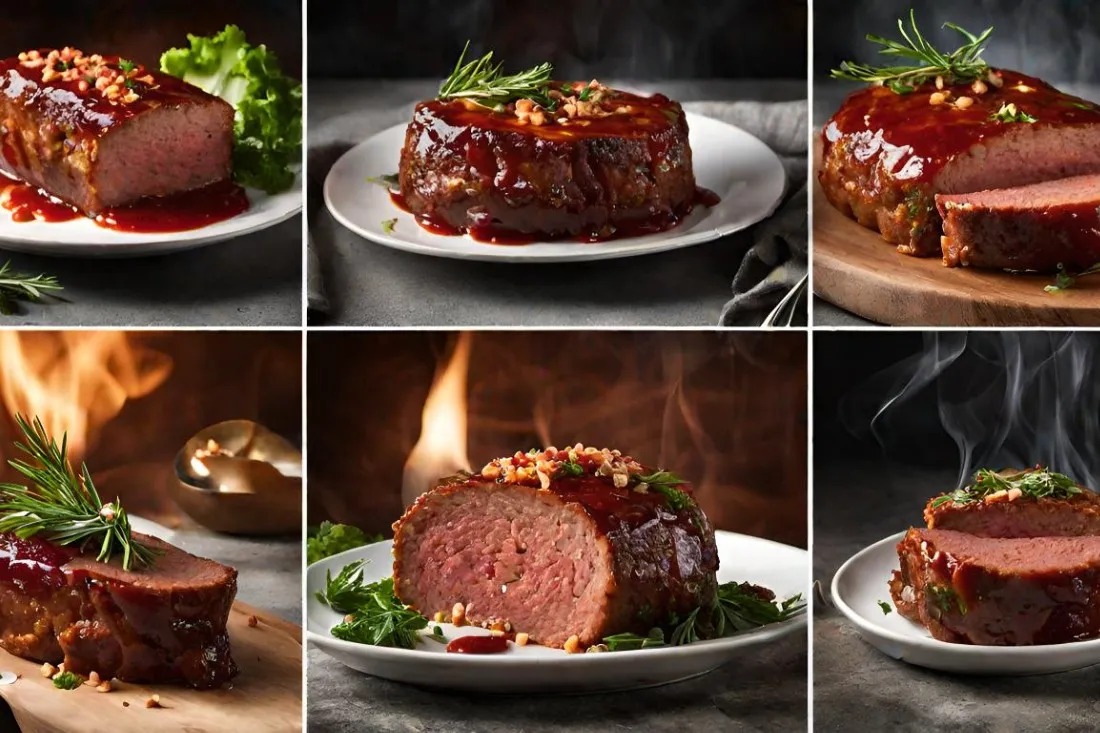
Embarking on a more sophisticated journey with smoked meatloaf, let’s delve into advanced tips and techniques. These insights are perfect for those who have already mastered the basic recipe and are now eager to add a gourmet touch to their smoked meatloaf.
Experimenting with Meat Combinations
- Mixing Different Meats: Beyond the traditional beef and pork, why not try adding veal, lamb, or even game meats for a unique flavor profile? This approach not only diversifies the taste but also introduces new textures.
- Fat Content Balance: It’s crucial to balance the fat content when mixing different meats. This ensures your meatloaf remains moist without being overly greasy.
Incorporating International Flavors
- Global Spices: For an international twist, experiment with spices from around the world like harissa, garam masala, or sumac. These spices can dramatically transform the flavor profile of your meatloaf.
- Herbs and Aromatics: Adding fresh herbs like rosemary, thyme, or basil can infuse a fresh dimension into the smoky flavor, creating a delightful contrast.
Advanced Smoking Techniques
- Smoke Layering: Consider using different types of wood at various stages of smoking to create a layered smoke flavor. This technique adds depth and complexity to the meatloaf.
- Temperature Variations: Experimenting with different smoking temperatures can significantly affect the texture and flavor of the meatloaf, offering new dimensions to the dish.
Creative Glazes and Toppings
- Homemade Glazes: Why not create your own glazes using ingredients like bourbon, maple syrup, or balsamic vinegar for a unique topping? These glazes can add a sweet, tangy, or rich layer to the final product.
- Crunchy Toppings: Adding a crunchy element like fried onions, crispy bacon bits, or a breadcrumb crust not only enhances the texture but also adds an appealing contrast to the soft meatloaf.
Plating and Presentation
- Gourmet Plating: Presenting your smoked meatloaf in a more refined style, such as slicing it thinly and fanning it out on the plate, can elevate the dish to a restaurant-quality level.
- Sauce Pairings: Experimenting with different sauce pairings, like a rich demi-glace, a tangy vinaigrette, or a spicy aioli, can complement and enhance the smoky flavors of the meatloaf.
Pairing with Beverages
- Wine Pairing: Going beyond red wine, try pairing your smoked meatloaf with white wines, rosés, or even sparkling wines. These pairings can bring out different aspects of the meatloaf’s flavor.
- Craft Beer and Spirits: Exploring pairings with craft beers, whiskeys, or bourbons can be a delightful way to complement the deep, smoky flavors of the meatloaf.
FAQs on Smoked Meatloaf
1. What’s the best type of wood to use for smoking meatloaf?
- Interestingly, the choice of wood can significantly impact the flavor of your smoked meatloaf. Hickory and mesquite provide a strong, robust flavor, whereas applewood and cherry wood offer a milder, sweeter touch. Experimenting with different woods can help you find the perfect match for your taste preferences.
2. How do I ensure my smoked meatloaf doesn’t dry out?
- To prevent your meatloaf from drying out, firstly, make sure it has enough fat content; a mix of meats like beef and pork often works well. Additionally, avoid overcooking by monitoring the internal temperature, aiming for 160°F. Importantly, letting the meatloaf rest after smoking also helps retain moisture.
3. Can I make smoked meatloaf without a smoker?
- Yes, you can use a regular grill to mimic the smoking process. Create indirect heat by placing the meatloaf away from the direct flame and use a smoker box or foil packet filled with wood chips to produce smoke.
4. How long should I smoke meatloaf, and at what temperature?
- Typically, smoking meatloaf takes about 3-4 hours at a temperature range of 225-250°F. However, the key is to focus on the internal temperature of the meatloaf, which should reach 160°F for optimal doneness.
5. What are some creative variations I can try with smoked meatloaf?
- Consider incorporating different meats like lamb or turkey, adding unique spices or herbs, or even stuffing the meatloaf with cheese or vegetables. Furthermore, glazing with different sauces like BBQ or a balsamic reduction can also add a flavorful twist. While mastering smoked meatloaf, it’s also helpful to learn about common pitfalls in other dishes, such as the six ways you can ruin apple pie filling.
6. Can smoked meatloaf be made ahead and reheated?
- Absolutely! Smoked meatloaf can be refrigerated and reheated in the oven. Cover it with foil and reheat at a low temperature to maintain moisture. Conversely, avoid microwaving, as it can dry out the meat.
7. What are some good side dishes to serve with smoked meatloaf?
- Classic sides like mashed potatoes, roasted vegetables, or a crisp salad complement smoked meatloaf well. For a heartier meal, consider serving with macaroni and cheese or grilled corn on the cob.
8. Is it possible to make smoked meatloaf in a vegetarian or vegan version?
- Yes, you can use plant-based ground meat substitutes or a mixture of lentils and mushrooms for a vegetarian or vegan version. Adjust the binding agents and seasonings to suit the plant-based ingredients.
9. How can I store leftover smoked meatloaf?
- Leftover smoked meatloaf can be stored in the refrigerator for up to 4 days. Wrap it tightly in plastic wrap or aluminum foil, or place it in an airtight container. For longer storage, freeze it for up to 3 months.
10. What are some tips for achieving a perfect crust on smoked meatloaf?
- For a crispy crust, consider glazing the meatloaf during the last 30 minutes of smoking. A higher sugar content in the glaze can help achieve a caramelized, crispy exterior. Also, smoking at a slightly higher temperature towards the end can enhance the crust formation.
Conclusion
As we conclude our comprehensive exploration of smoked meatloaf, it’s evident that this dish is a canvas for culinary artistry. From the foundational aspects of choosing the right ingredients and mastering the smoking process to experimenting with advanced techniques and global flavors, smoked meatloaf transcends its traditional boundaries, offering a platform for both creativity and comfort.
Throughout this guide, we’ve journeyed through the essentials of making a classic smoked meatloaf, delved into creative variations, and even ventured into advanced culinary techniques. This progression not only highlights the versatility of smoked meatloaf but also demonstrates how traditional dishes can be continually reinvented and refined.
For the home cook, this guide serves as an invitation to experiment and explore. Whether you’re sticking to the classic recipe or infusing your dish with exotic spices and unique meat combinations, the key is to enjoy the process and savor the results. Smoked meatloaf, with its rich flavors and comforting essence, is more than just a meal; it’s a celebration of culinary diversity and innovation.
In closing, remember that cooking is a journey, not just a destination. Each attempt at making smoked meatloaf is an opportunity to learn, adapt, and perfect your craft. So, embrace the challenges, revel in the successes, and most importantly, share the joy of your delicious creations with others. Here’s to the endless possibilities that smoked meatloaf and your culinary adventures hold!
